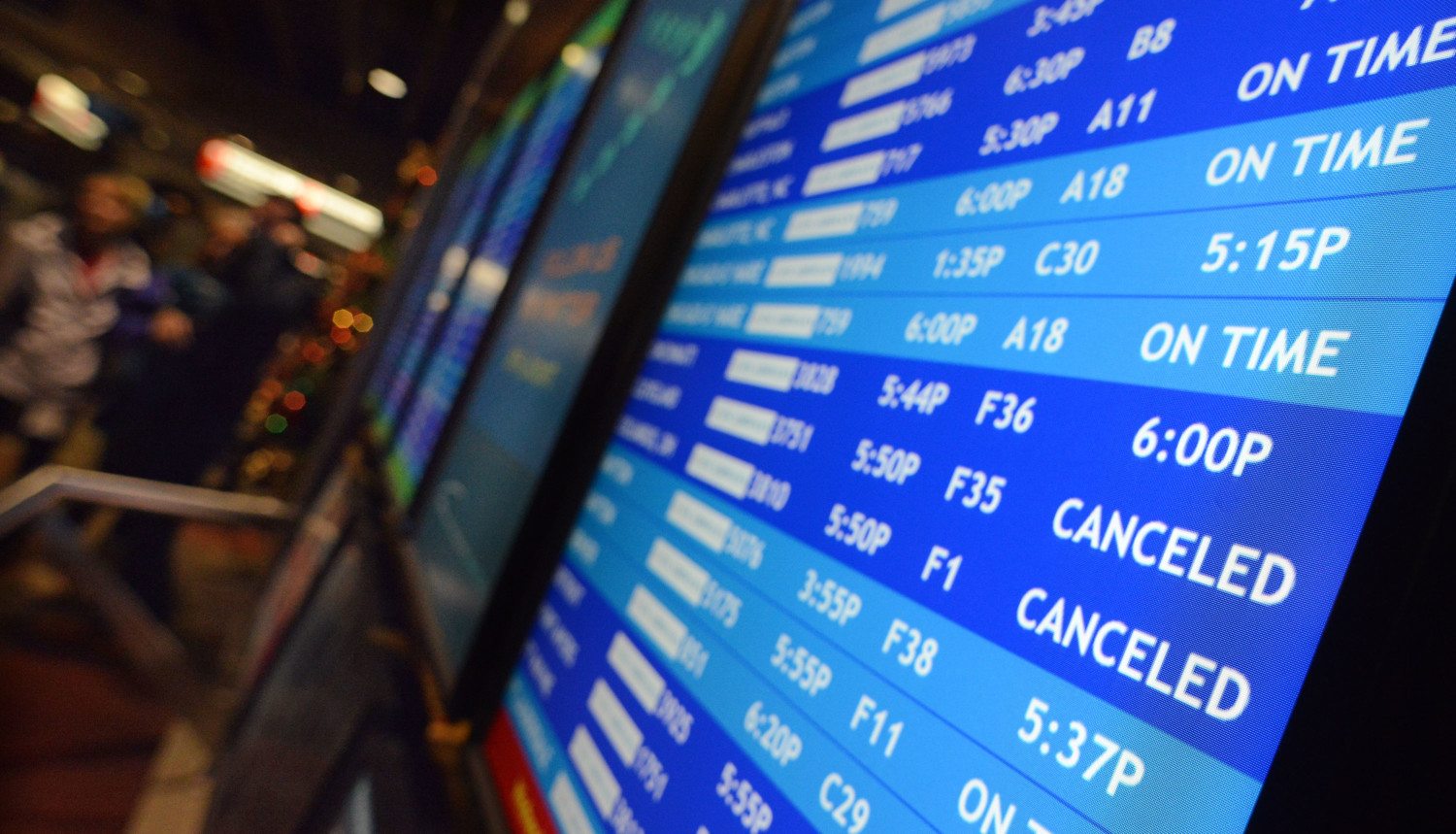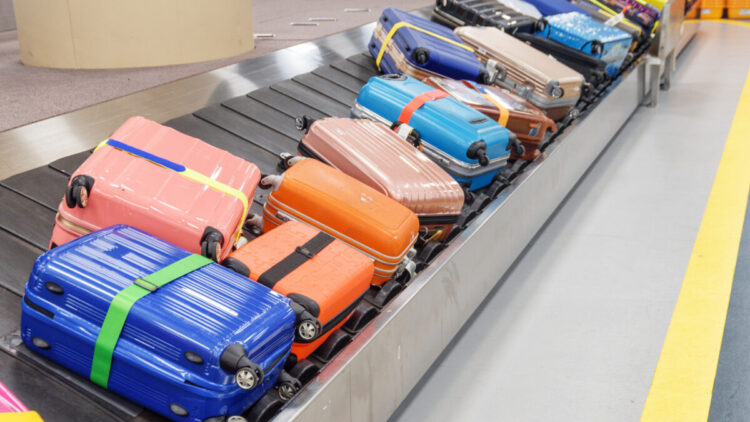What that mysterious code on your boarding pass means
It’d be hard to find something travelers dread more than waiting in the security line at the airport, but if you just so happen to see the code “SSSS” on your boarding pass, we have some pretty bad news for you: You’ll be in line a lot longer than the rest of us.
SSSS stands for “Secondary Security Screening Selection.” In short, it’s code for, “You’ve been specially selected to spend some extra time with the Transportation Security Administration for some additional security screenings!”
Congratulations?
The screening process, which may include bag searches, pat downs and validation of your identity, is conducted by the TSA and could take up to half an hour. There are multiple reasons some travelers get the code stamped on their boarding passes. They include paying in cash, frequently buying one-way tickets, random selection by computer or travel from a “high-risk country.”
Some flyers have shared photos of their SSSS-marked boarding passes on social media. Twitter user Bahman Kalbasi was flying to Paris from New York in the photo he posted, but says he gets the code on every flight.
I’m SSSS on EVERY flight. Special treatment includes @TSA feeling & squeezing you & every single item in the luggage pic.twitter.com/O2K5KPx0Zt
— Bahman Kalbasi (@BahmanKalbasi) August 5, 2017
Other TSA Codes On Your Boarding Pass
SSSS isn’t the only code used by the TSA on boarding passes. What seems like strings of random letters and numbers are anything but—and can actually reveal a lot about your upcoming trip. Everything from who you are to where you’ll sit and what you’ll be eating is marked right on the pass.
When it comes to where you’ll be seated, just look for a single letter. If you’re ticket has a Y, B, H, M, K, L, W, S, N, Q or O, you have an economy fare. If you’re sporting an A, F or P, you will get the best service during your flight since you’re in first-class. J, R, D and I are business-class fares, so although it’s harder to get upgraded than it used to be, business-class passengers have a better chance of getting bumped up to first-class than coach travelers.
The code S/O means “Stopover,” and indicates you’ll have a layover lasting more than four hours or 24-plus hours internationally. STPC means “Stopover Paid By Carrier,” which is when the airline puts you up in a hotel because your next flight isn’t for several hours or until the next day. If you see either code, start figuring out ways to explore the city you’re stuck in, especially if you have an entire day!
And if your flight says “Longhaul,” that means you’re in it for, well, the longhaul. Hopefully, by time you have your boarding pass you’ve realized your flight will be six to 12 hours, but just in case, that’s what this code means.
For more codes and airline jargon you can find on your ticket, check out the infographic from travel company Boxever below:










